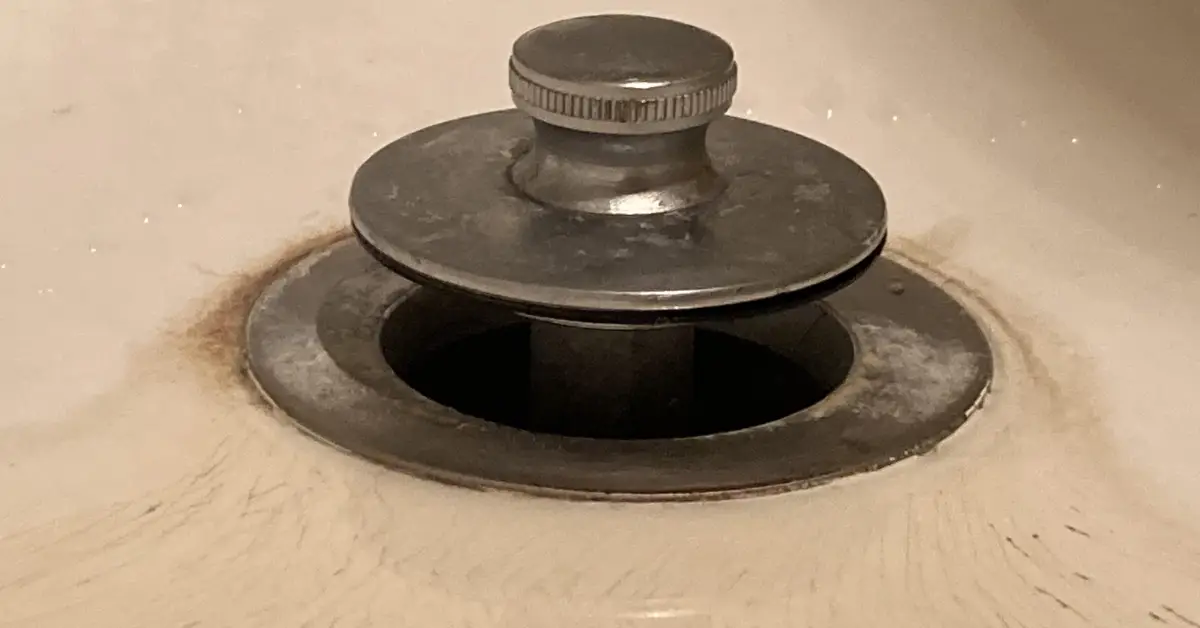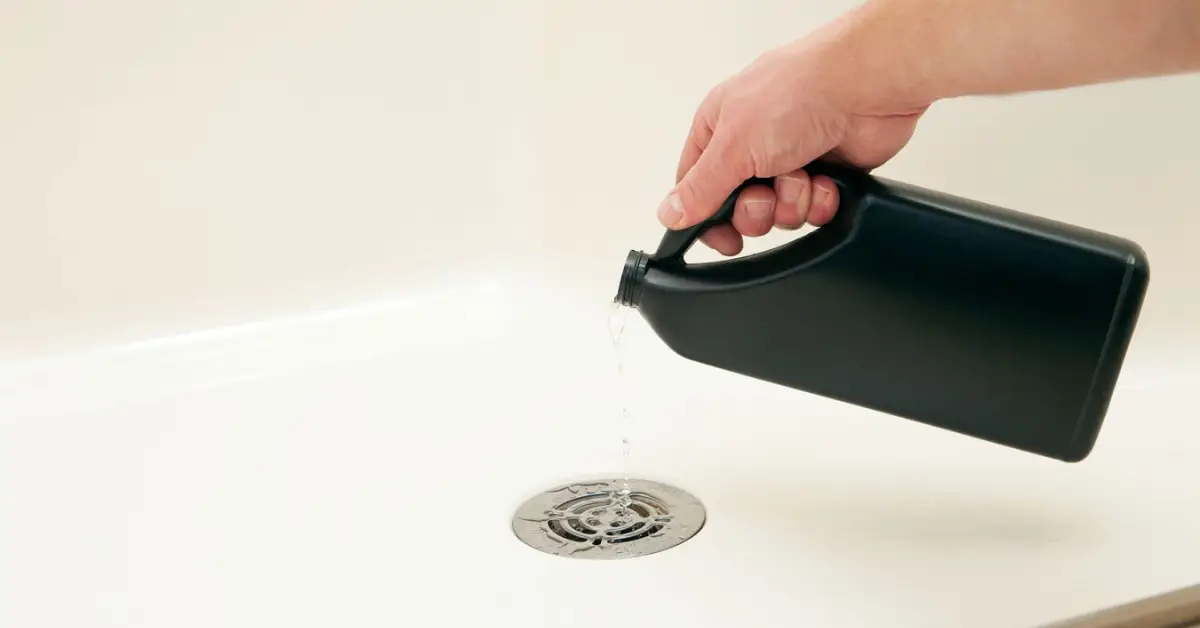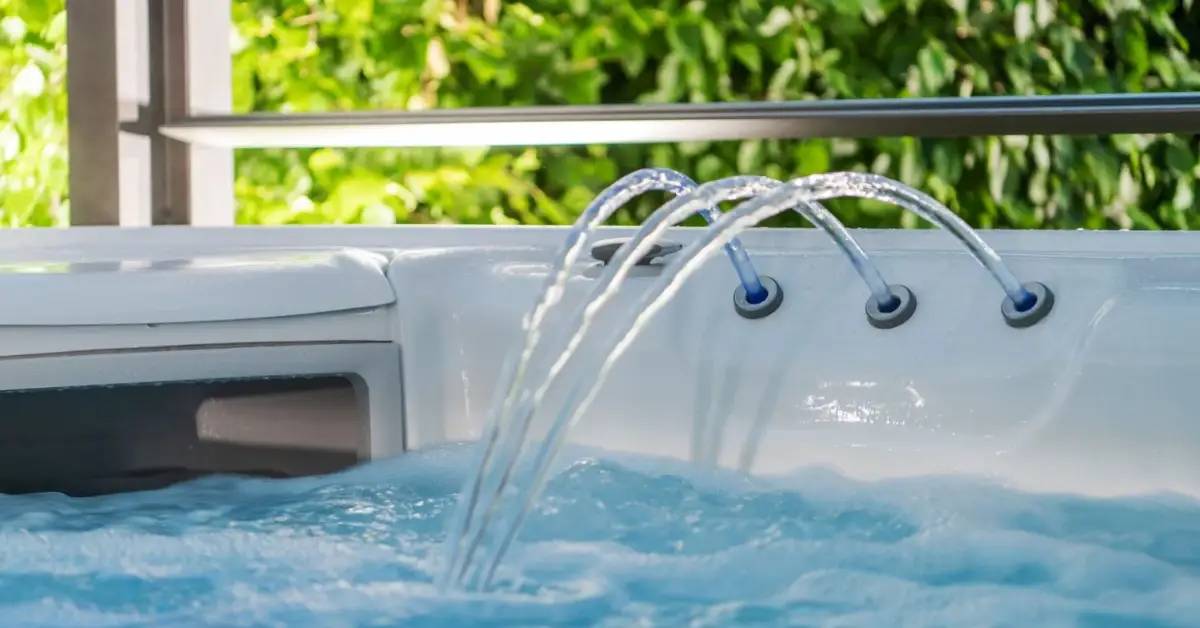How to Clear a Clogged Bathtub Drain in 7 Easy Tips
I still remember the first time my bathtub drain decided to stop cooperating. The water just sat there, stubborn and cloudy, like it was refusing to leave. I tried waiting it out, thinking it would slowly drain on its own — it didn’t. Within minutes, I was standing ankle-deep in soapy water and frustration. That’s when I realised: most clogs don’t start big. They build up quietly — one strand of hair, one bit of soap film at a time.
If you’ve been there too, you know the feeling. The slow swirl, the faint gurgle, the smell that sneaks up later — it’s not just annoying, it’s your drain begging for help. The good news? You don’t need expensive chemicals or a plumber on speed dial to fix it. You just need a few smart, safe tricks that actually work.
Over the years, I’ve learned that unclogging a bathtub drain isn’t about brute force or dumping half a bottle of cleaner down the hole. It’s about understanding why it’s blocked, using the right method for your type of drain, and preventing it from happening again. In this guide, I’ll share seven easy, tried-and-true tips that will help you clear the mess fast — and keep it from coming back.
Tell me — when was the last time your drain slowed down?
Identify Your Drain Type Before You Start
Pop-up, Trip-Lever, Toe-Touch — What’s in Your Tub?
Before you grab a plunger or pour anything down the drain, take a moment to figure out what kind of drain your bathtub actually has. I can’t tell you how many times I’ve seen people struggle for hours — not because their drain was too clogged, but because they were using the wrong method for the wrong mechanism.
Every tub drain works a little differently. Knowing which one you have not only saves time but also helps you avoid breaking a part that’s quietly doing its job. Here’s how you can tell:
- Pop-Up Drain: You’ll see a small knob or lever near the faucet. When you lift it, the stopper pops up; when you push it down, it seals. Hair and soap gunk often collect just below the cap, so unclogging this type usually starts with unscrewing and cleaning the stopper itself.
- Trip-Lever Drain: Found on older tubs, this one uses a lever on the overflow plate (that metal circle under your faucet). When you move it up or down, a hidden rod and plunger inside the pipe open or close the drain. It’s tricky — most clogs get trapped behind that plunger. I always recommend removing the plate carefully and cleaning the mechanism directly.
- Toe-Touch Drain: This is the modern, minimal version — you press it with your toe to open or close. These are simple to remove; just unscrew the top cap and pull out any tangled hair or debris.
Think of it like diagnosing a small machine before fixing it — you wouldn’t tighten bolts without knowing where the gears are, right? The same logic applies here. Understanding your drain type gives you control and prevents damage that can turn a small clog into a costly plumbing call.
As @RooterHero once shared on Twitter, most lever-style drains jam because hair gets stuck in the linkage rod — not in the visible drain itself. That tiny insight alone can save you a lot of trial and error.
So before you reach for any cleaning solution or tool, take a quick minute to check your setup. Once you know your drain type, the next steps become faster, safer, and way more effective.
Step-by-Step: 7 Easy Methods That Actually Work

Now that you’ve identified your drain type, let’s get to the part that really matters — clearing it out fast and safely. I’ve tried every trick in the book, and these seven methods are the ones that consistently work without damaging your pipes or turning your bathroom into a chemistry lab. Whether your clog is from hair, soap buildup, or just years of slow draining, there’s a fix here that suits your situation.
1. Remove and Clean the Stopper (Hidden Hair Trap)
Most clogs start right here — just under the stopper. Unscrew or pull it up (depending on your drain type), and you’ll probably find a mat of hair and sticky residue. I use a paper towel or old toothbrush to clean it off completely. A clean stopper alone can make water flow faster instantly.
2. Use a Drain Hair Snake or Zip-It Tool (Physical Extraction)
If the drain still seems slow, grab a plastic drain snake or Zip-It tool. They’re flexible, cheap, and perfect for pulling out hair clumps you can’t see. Move it gently up and down — don’t force it. You’ll be surprised how much comes out. It’s oddly satisfying and one of the safest ways to clear a clog without chemicals.
3. Try Baking Soda + Vinegar Reaction (Natural Foam Flush)
This combo works like a mini science experiment. Pour half a cup of baking soda, then half a cup of white vinegar. Cover the drain for a few minutes to trap the fizzing action inside. After about 10 minutes, flush it with hot water. The natural reaction loosens grime and deodorises your drain — no harsh smell, no risk.
4. Pour Boiling Water Strategically (Heat-Breaks Soap Residue)
If you’ve ever noticed your drain slowing after a bubble bath, it’s usually because of soap scum solidifying in the pipe. Carefully pour boiling water in two or three short bursts, not all at once. This melts the residue in layers and prevents splashing. Just don’t do this if your pipes are PVC — use hot tap water instead to stay safe.
5. Deploy a Wet/Dry Vacuum (Professional-Style Suction Trick)
One of my favourite “advanced home” tricks. Switch your shop vacuum to liquid mode, seal the drain with a wet rag around the nozzle, and turn it on for a few seconds. The suction can pull out deep clogs that even snakes can’t reach. It’s quick, powerful, and a lot cleaner than you’d expect.
6. Plunge Like a Pro (Seal & Pull Technique)
If you’re going the plunger route, remember — it’s all about the seal. Fill the tub with just enough water to cover the plunger cup, place it firmly over the drain, and give six to eight quick pushes. The key is rhythm, not force. You’ll hear a sudden “gulp” when the clog breaks. Rinse afterward with warm water to keep things moving freely.
7. Use an Enzymatic Cleaner Overnight (Eco-Safe Finish)
When everything else is done, this is your maintenance step. Pour an enzyme-based drain cleaner before bed and let it work overnight. These cleaners use natural bacteria to break down organic buildup gently — perfect for keeping your pipes clear without chemicals. According to Treehugger, using enzyme cleaners can cut harsh chemical use by nearly 60%, which is better for both your health and the environment.
If your home often deals with slow drainage or weak pressure, you might also want to check out our guide on struggling with weak shower flow — 10 DIY tricks that actually work. Many of the same buildup issues that block a bathtub drain can quietly reduce shower flow too.
Each of these methods targets a specific cause — hair, soap, grease, or trapped air. Start from the simplest (stopper cleaning) and work your way down. You’ll clear the clog faster, spend less money, and avoid the cycle of “quick fixes” that don’t last.
Tell me — which one of these do you think your drain needs first?
When to Skip DIY and Call a Plumber
Sometimes, no matter how many tricks you try, the water just refuses to drain. I’ve been there — you clean the stopper, pour the baking soda, even plunge a few rounds, and yet the clog keeps coming back. That’s usually a sign that what’s blocking your drain isn’t just hair or soap; it’s something deeper inside the line.
Here’s how you can tell it’s time to put down the tools and call a professional plumber instead:
- Recurring clogs: If your bathtub keeps draining slowly even after cleaning, the blockage might be stuck further down the pipe.
- Multiple slow drains: When your sink or toilet also starts backing up, it’s likely a mainline issue.
- Strange gurgling sounds: That bubbling noise means trapped air — a red flag for a partial or deep clog.
- Standing water after plunging: If the water level doesn’t move despite effort, the blockage may need professional-grade equipment.
According to Mr. Rooter Plumbing, persistent clogs often happen because of buildup inside the pipes that basic DIY tools can’t reach. Professional plumbers use drain augers, camera inspections, and hydro jetting systems that clean the entire line safely — something most store-bought solutions can’t do.
While it might cost more upfront, getting expert help saves you from pipe corrosion, leaks, and damage caused by overusing chemical cleaners. In short — if it keeps clogging or affects more than one drain, don’t wait. Let a plumber handle it before it becomes a bigger problem.
Sometimes, poor drainage isn’t the only sign of trouble — low water pressure in your kitchen sink can point to similar buildup or sediment problems in your home’s main lines.
The Eco & Safety Angle

Safe Alternatives to Chemical Drain Openers
I get why people grab chemical cleaners — they promise instant results. But what they don’t mention is how those same chemicals can eat through PVC pipes or weaken the glue that holds them together. Over time, that “quick fix” can lead to leaks and costly replacements. Instead, stick with safer, effective alternatives:
- Enzyme-based cleaners: These use natural bacteria to digest organic buildup like hair and soap film — safe for both pipes and septic systems.
- Baking soda and vinegar: The fizzing reaction breaks down grime gently without releasing toxic fumes.
- Regular hot water flush: Pouring hot (not boiling) water once a week prevents residue from hardening in the drain.
These methods may take a little longer but protect both your plumbing and the environment.
Protective Gear & Ventilation Basics
Even when using natural cleaners, it’s smart to stay safe. Always wear rubber gloves, keep windows or exhaust fans open, and never mix cleaning solutions. The wrong combination — even of common products — can release harmful gases.
Your safety matters more than speed. A few minutes of caution today can save you hours of repair later — and keep your bathroom air fresh and healthy.
Prevention Checklist: 5-Minute Weekly Routine
If there’s one thing I’ve learned, it’s that keeping your drain clear isn’t about heavy cleaning — it’s about small, consistent habits. Five minutes a week is all it takes to stop clogs before they start. Here’s the exact routine I follow:
- Rinse the drain with hot water after hair wash days. This melts soap residue and keeps oils from solidifying.
- Add a mesh hair catcher. It’s a cheap, one-time fix that traps most of what causes buildup.
- Do a monthly enzyme flush. Pour a natural enzyme cleaner at night once a month to break down hidden gunk.
- Avoid bar soaps with tallow or heavy oils. These harden inside pipes faster than you think.
- Check your stopper every few weeks. A quick wipe can prevent hair tangles that start deeper clogs.
A few mindful minutes each week can save you hours of frustration and the cost of calling a plumber later. While you’re keeping your drains clean, it’s also worth making sure unwanted guests can’t find their way in — our guide on the 5 most common pest entry points and how to block them shows how simple maintenance steps can protect more than just your pipes.
Troubleshooting Odd Cases (Slow Drain but Not Clogged)

Sometimes your drain isn’t completely blocked — it just drains sluggishly for no obvious reason. That usually means you’re dealing with a venting issue or a partial blockage deeper in the system.
Airlock Symptoms & Fixes
If you hear gurgling sounds after water drains or notice it backing up slightly, you might have an airlock — trapped air inside the plumbing line. Try filling the tub halfway, then quickly pull the stopper to create enough pressure to push the air through. If that doesn’t help, your vent pipe may need a quick inspection from above.
Drain Vent Cleaning 101
Every home’s plumbing system has a vent pipe that releases sewer gases and equalizes pressure. When this gets blocked (often by debris or even small animals), it affects how water drains. Climb onto your roof only if it’s safe, and use a garden hose to flush the vent gently for a few seconds.
If you’re not comfortable doing this, it’s best to call a plumber who can clear the vent safely.
Keep Your Drain Running Clear All Year
By now, you’ve learned everything from unclogging tricks to weekly maintenance habits — but the real secret is consistency. A clean, fast-draining tub doesn’t just look better; it saves you money, time, and a whole lot of stress.
Make these small routines part of your cleaning schedule, and your drain will thank you every time you shower.
What about you? Have you tried any of these DIY tricks — or found one that works even better?
Share your experience in the comments below, and let’s swap some real-world fixes.
For more smart, practical home improvement guides, visit Build Like New — your go-to hub for easy, effective ways to keep every part of your home running like it should.
Disclaimer: The information in this article is for general household guidance only. Always follow product instructions and safety labels. If a clog persists or you’re unsure about any step, contact a licensed plumber to avoid potential pipe damage or injury.


